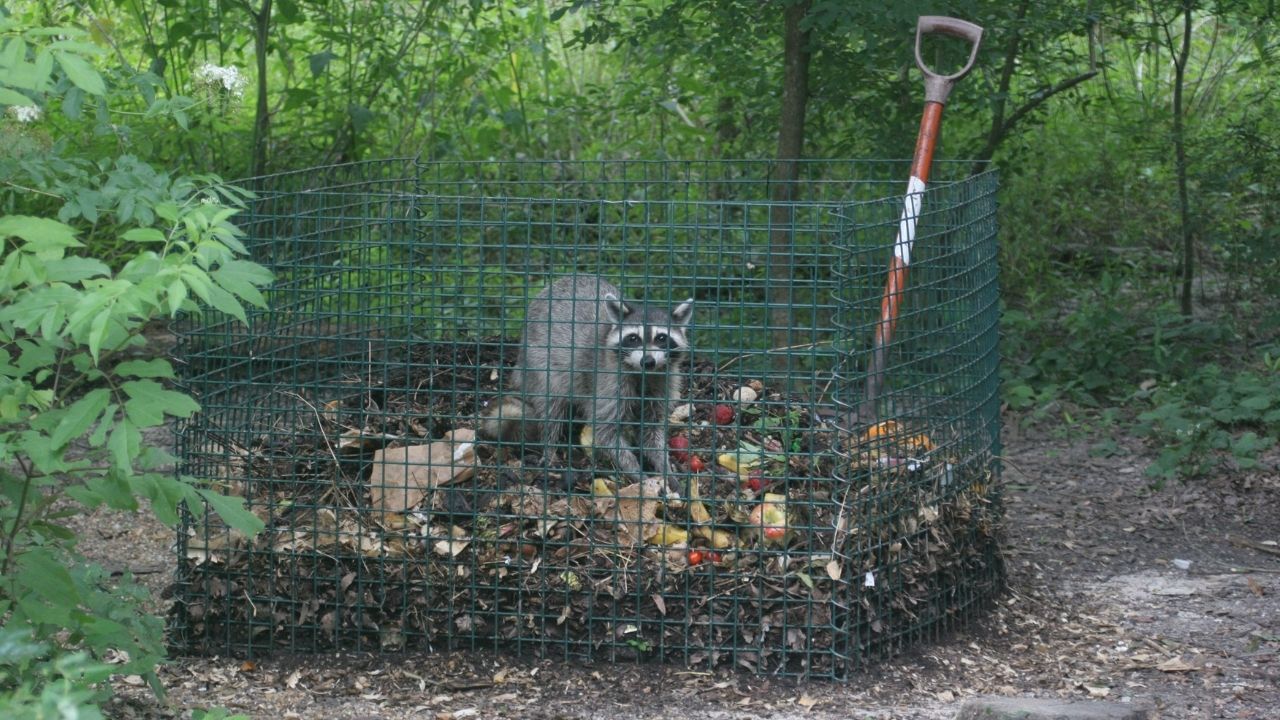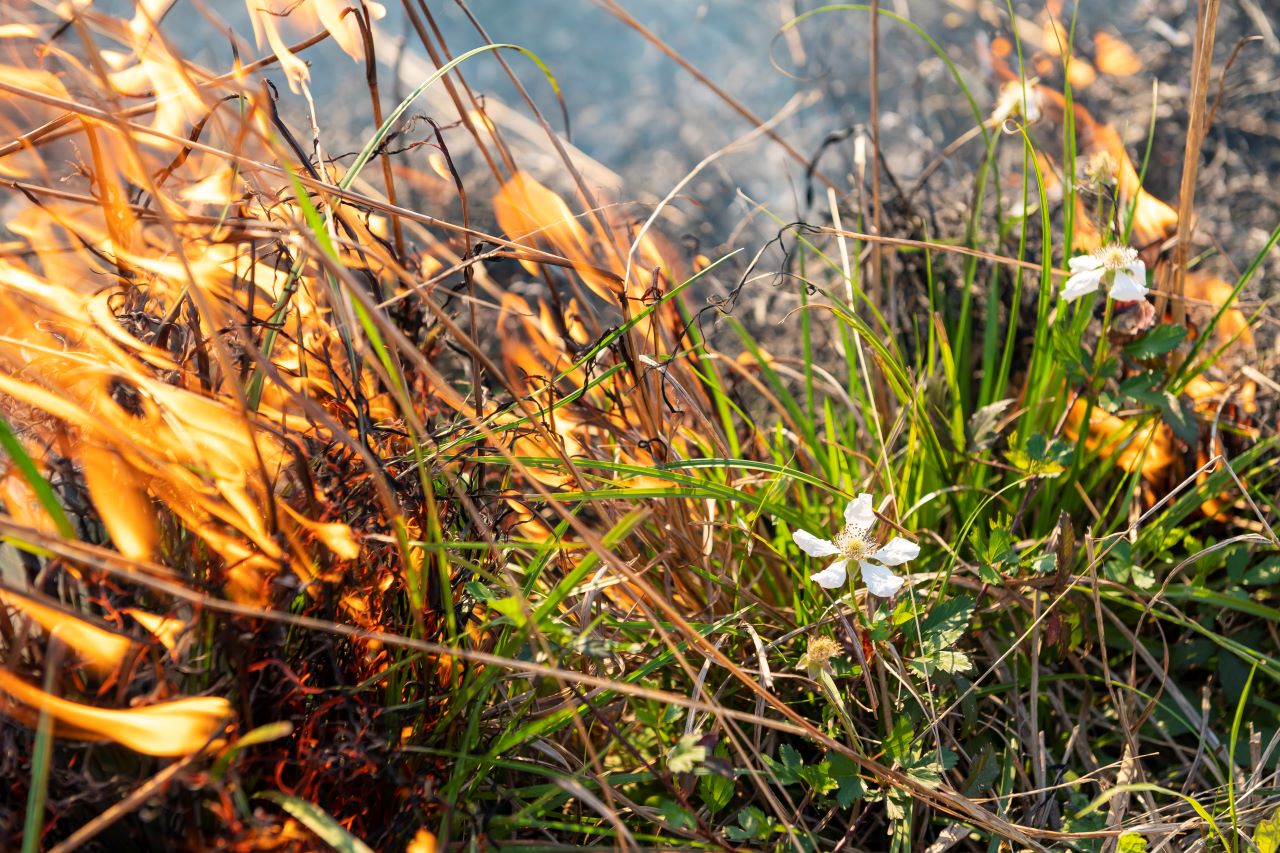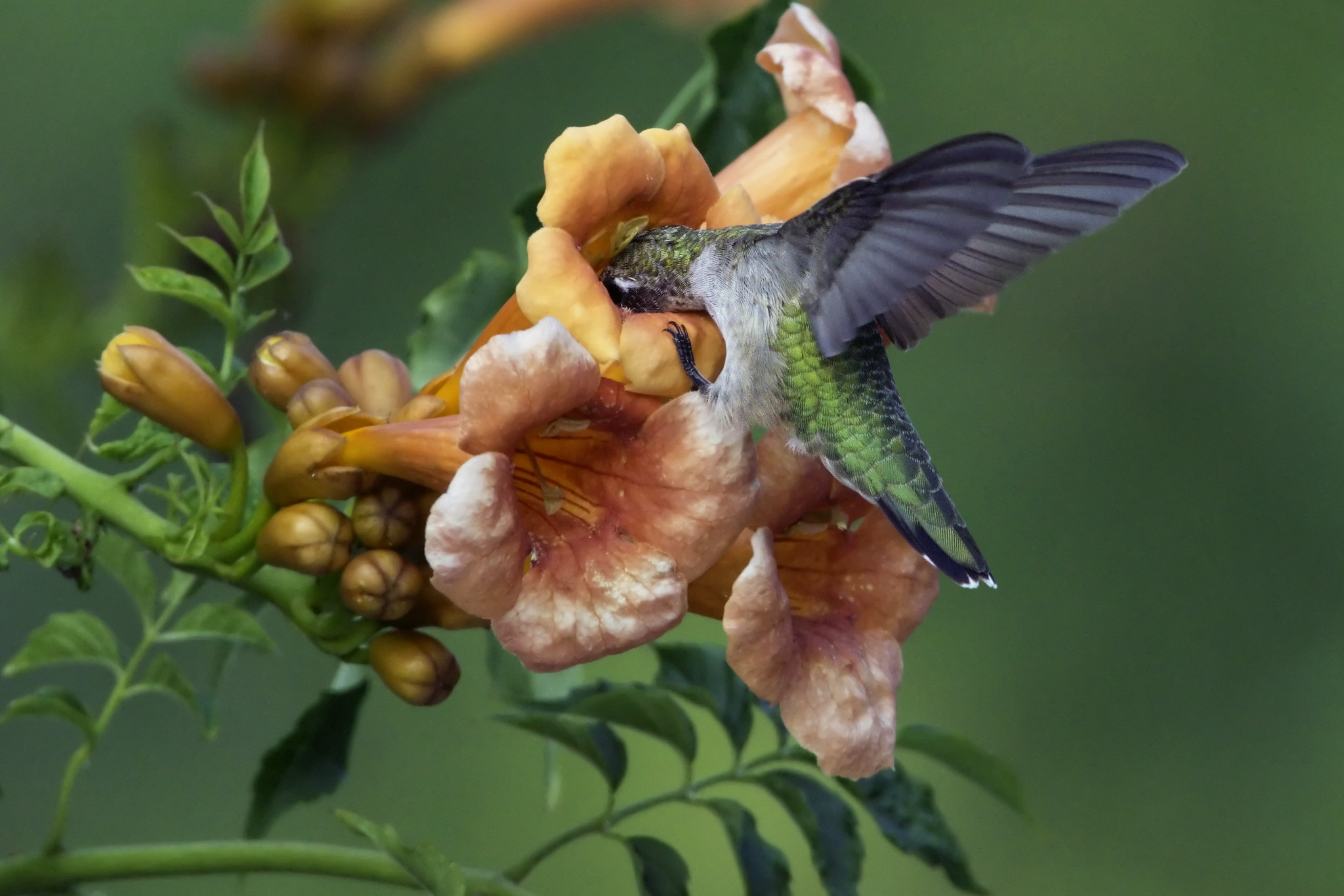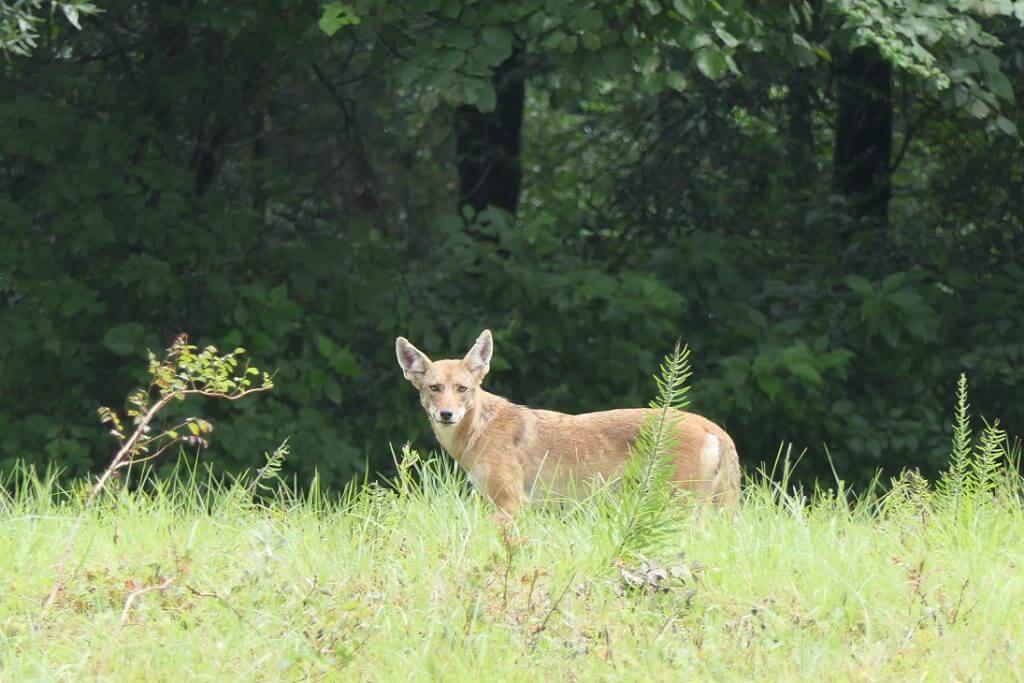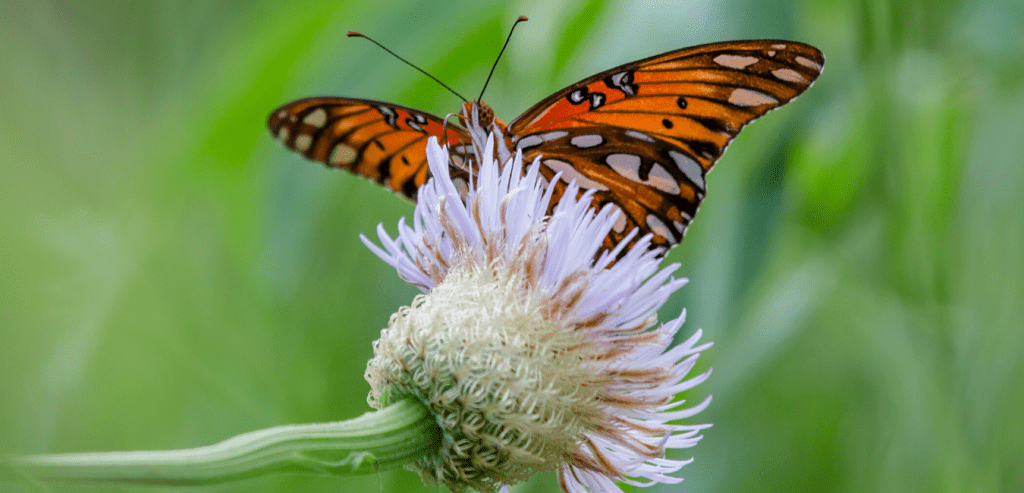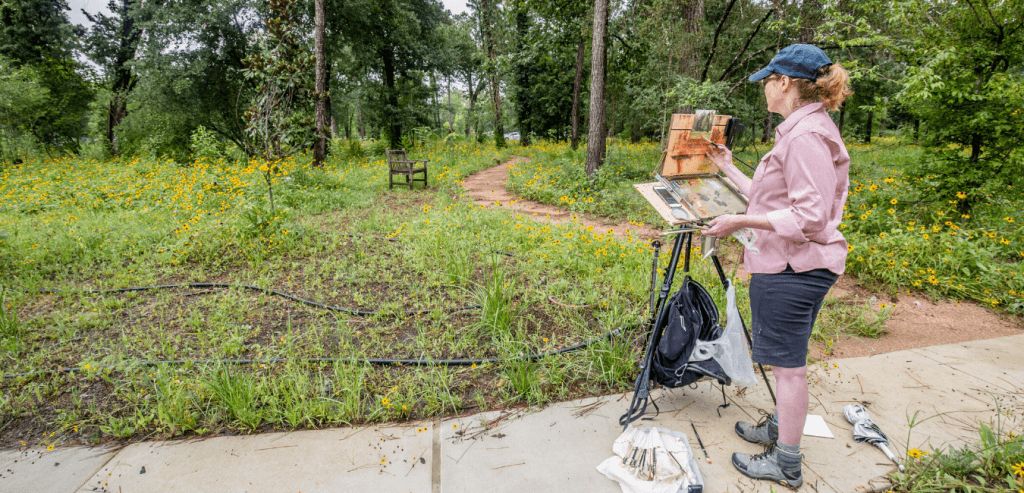Written by Amy Barton

Milkweed is the only plant on which monarch butterflies will lay their eggs and caterpillars feed.
We have lost 90% of the monarch population in the last 25 years.
Monarch butterflies spend their lives migrating from Canada and the United States to Mexico – some individuals travelling up to 3,000 miles. Recently this journey has become more treacherous and less successful due to habitat loss, illegal logging, widespread use of pesticides, livestock raising, and deforestation.
Although the task seems daunting, it is not too late to help monarch butterflies. By planting milkweed, you’ll be supporting monarch butterflies, attracting beneficial pollinators, and adding some color to your garden. But, not all milkweeds are made alike.
Native milkweed supports healthy monarch populations
Normally, monarch butterflies migrate from North America and Canada to Mexico during the cooler winter months. Milkweed species native to North America, like Asclepias tuberosa, die back each fall which helps promote butterfly migration. With no milkweed around to feed on, butterflies head south in search of a new food source.
Tropical Milkweed
Tropical milkweed (Asclepias curassavica), is not native to the United States or Canada, but since it is attractive and easy to grow, it is often the most widely available milkweed at commercial nurseries.
Tropical milkweed is native to the tropics and it is adapted to grow year-round. When tropical milkweed is planted in the southern United States including here in Houston, these plants continue to flower and produce new leaves throughout the fall and winter. This can cause potential negative effects on monarchs including:
- Decreased fall migration: with the availability of milkweed during a time that is not naturally available, monarch fall migration is jeopardized. With a steady food source, the need to migrate decreases.
- Increase in infections: continuously breeding on the same plants can lead to a build-up of Ophryocystis elektroscirrha (OE) infection. Migration decreases OE infections.
Native plants support local ecologies
Choosing native plant varieties promotes healthy and sustainable landscapes and attracts native wildlife. Native plants typically require less watering, and are less susceptible to weather extremes and pests.
For those who already have tropical milkweed: If you have already purchased tropical milkweed, you can help monarchs by remembering to cut back your plants in mid October each year to promote monarch migration.

